Bamboo hotels: A growing trend
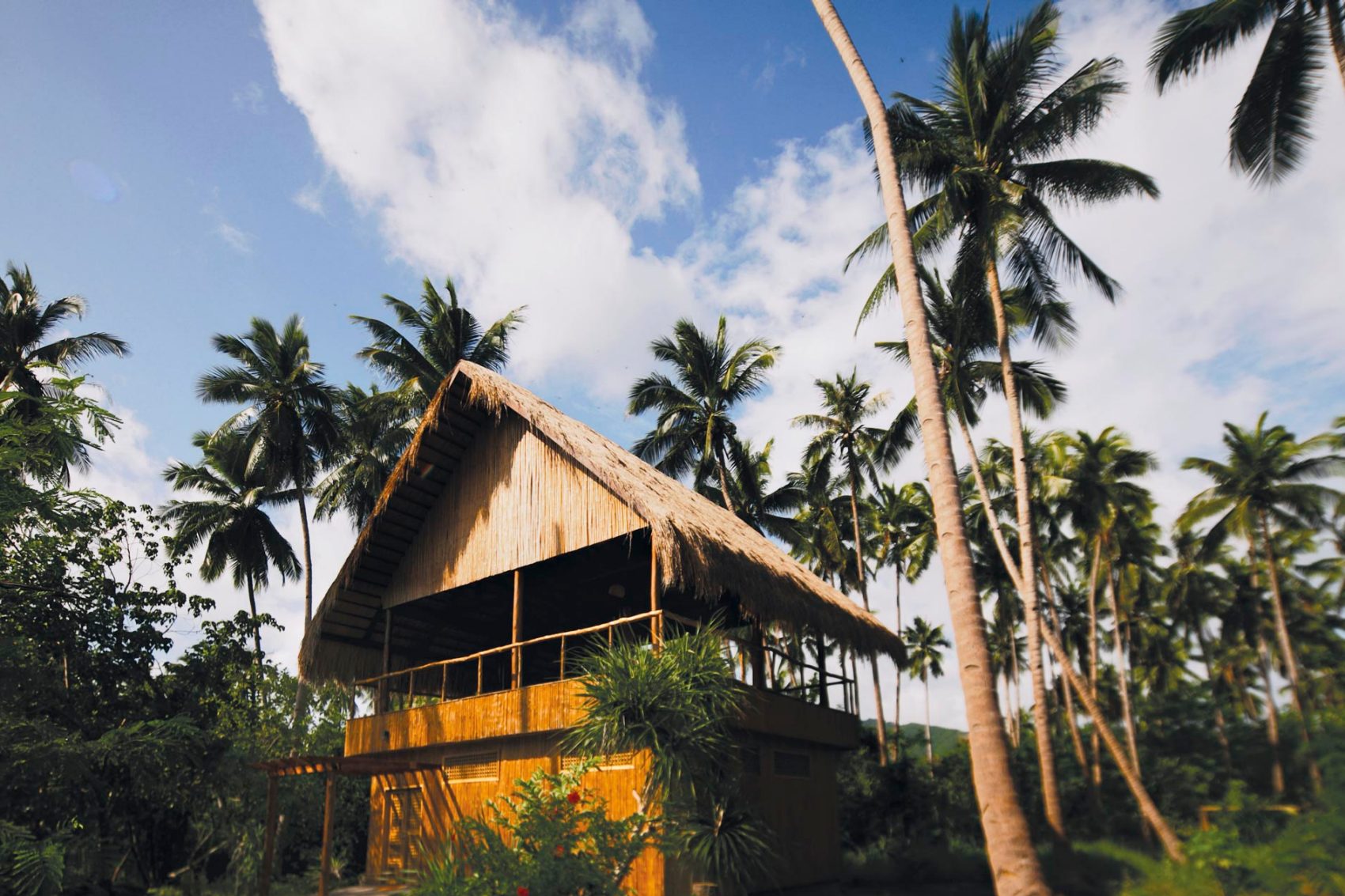
No longer just for pandas, bamboo is soaring in fashion across the hotel world. The planet’s fastest-growing natural building material, bamboo is capable of rising from seedling to 15 metres in about 18 months. It can be used as timber after three years and has the added bonus of being strong, beautiful and versatile. With the environment at the forefront of many hoteliers’ minds, it’s no surprise that this sustainable resource is gaining popularity in hotels here in Asia, bamboo’s backyard. Here are a few leading the way…
Bawah Island, Indonesia
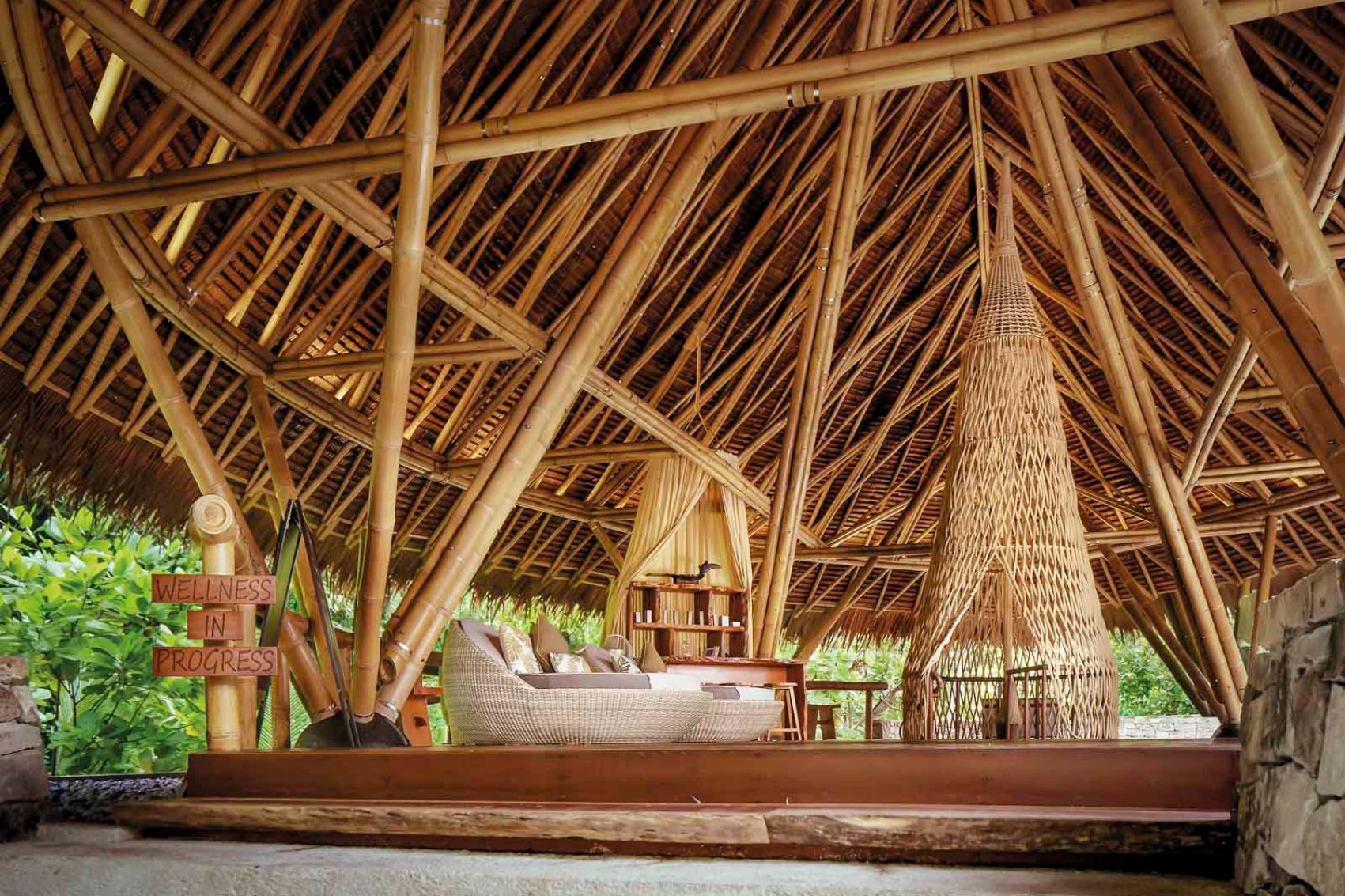
In Indonesia’s coral-rich Anambas archipelago, about 90 minutes by seaplane northeast of Singapore, lies this five-island sanctuary built with only natural and recycled materials. Bamboo, of course, features heavily, both as a structural building material and in design elements such as latticework screens in overwater bungalows, beachfront villas and safari-tented suites.
There are other natural materials here, too. Bathtubs and washbasins were made from recycled copper, while the water heating system throughout the resort relies on solar energy. And the environmental vision goes further, with a vast permaculture garden and dishes at Tree Top restaurant made entirely from locally sourced ingredients according to a strict zero-pesticide, zero-fishing and zero-waste programme.
It’s all designed to ensure this divers’ paradise – home to turtles, octopuses and blacktip reef sharks – remains blissfully unspoilt. bawahreserve.com
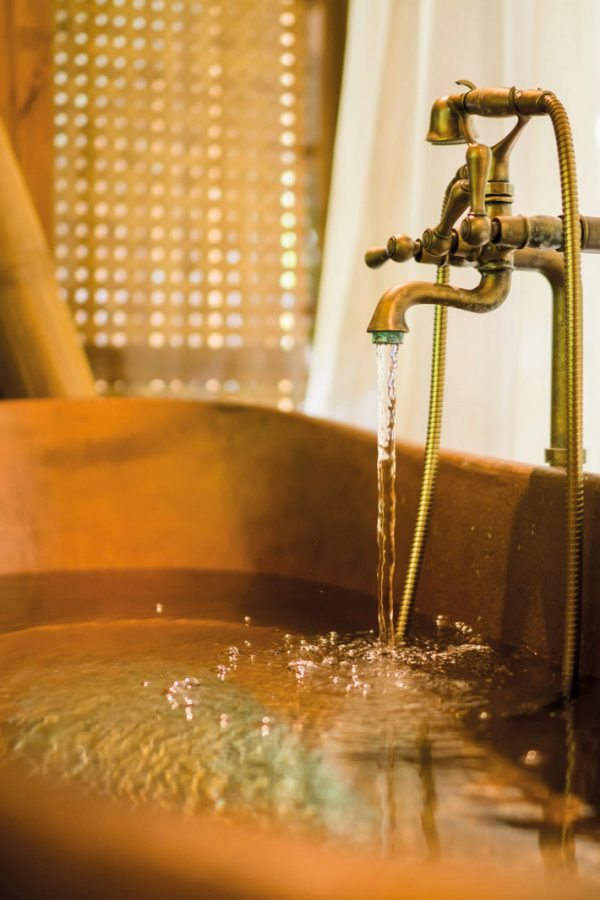
Credit: Raphael Olivier

Credit: Raphael Olivier
Cempedak, Indonesia

There are a lot of selling points for this 17-hectare resort: it’s an adults-only private island (accessible by ferry from Singapore), it has a rainforest, there’s a bevy of offshore activities from sailing to diving and kayaking, and it’s encircled by powder-like sand that serves as a sanctuary for native hornbills, eagles, kingfishers, sea otters and pangolins. But for the design-inclined, the biggest drawcard is surely the villas made entirely of bamboo. There are 20 across the resort, each with massive bamboo poles holding up striking curvilinear roofs of locally sourced bamboo, which give the private retreats a futuristic feel. About 50,000 pieces of bamboo went into the construction, a demonstration of this resort’s commitment to conservation. cempedak.com
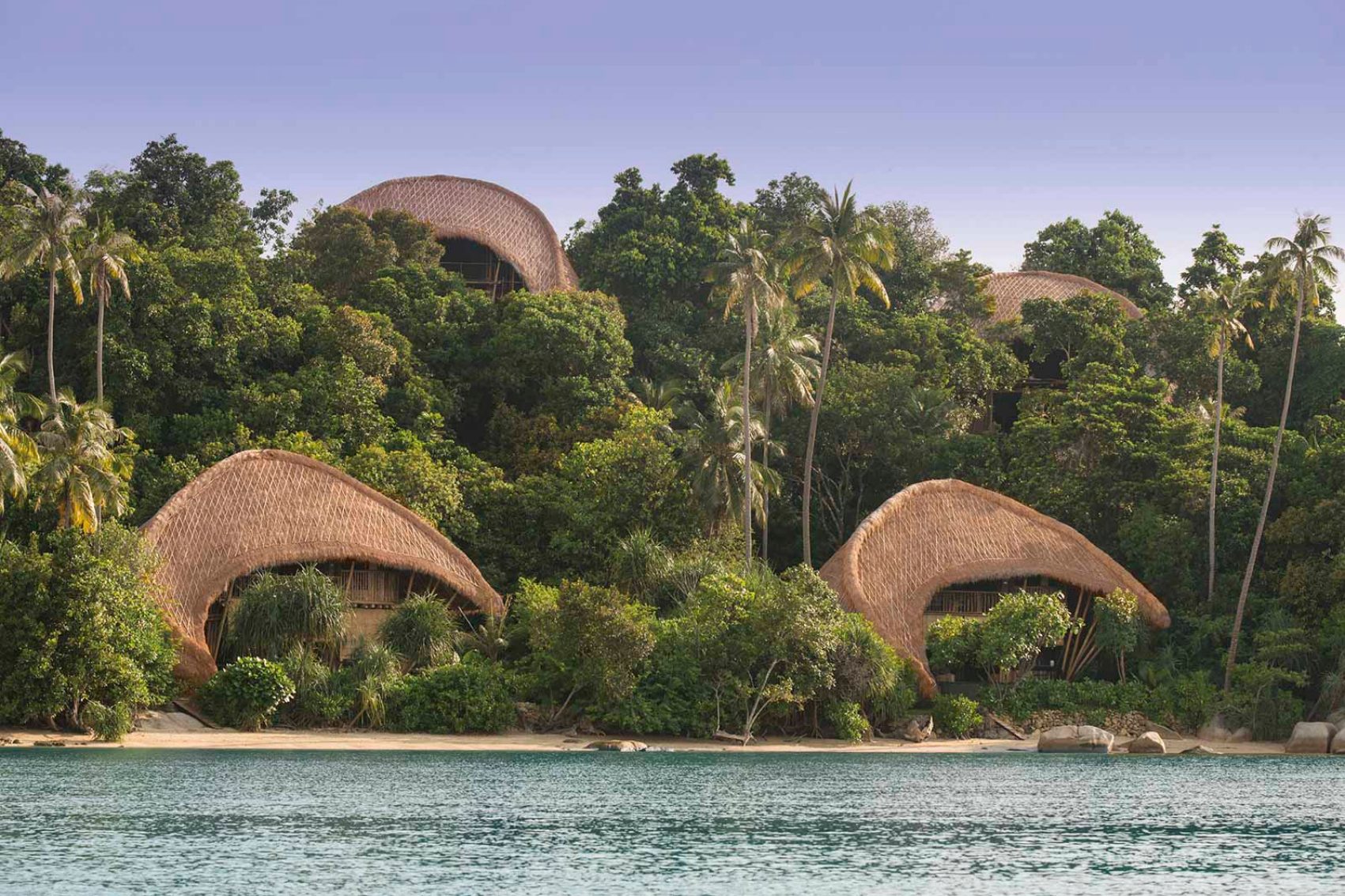
Naman Retreat, Da Nang, Vietnam
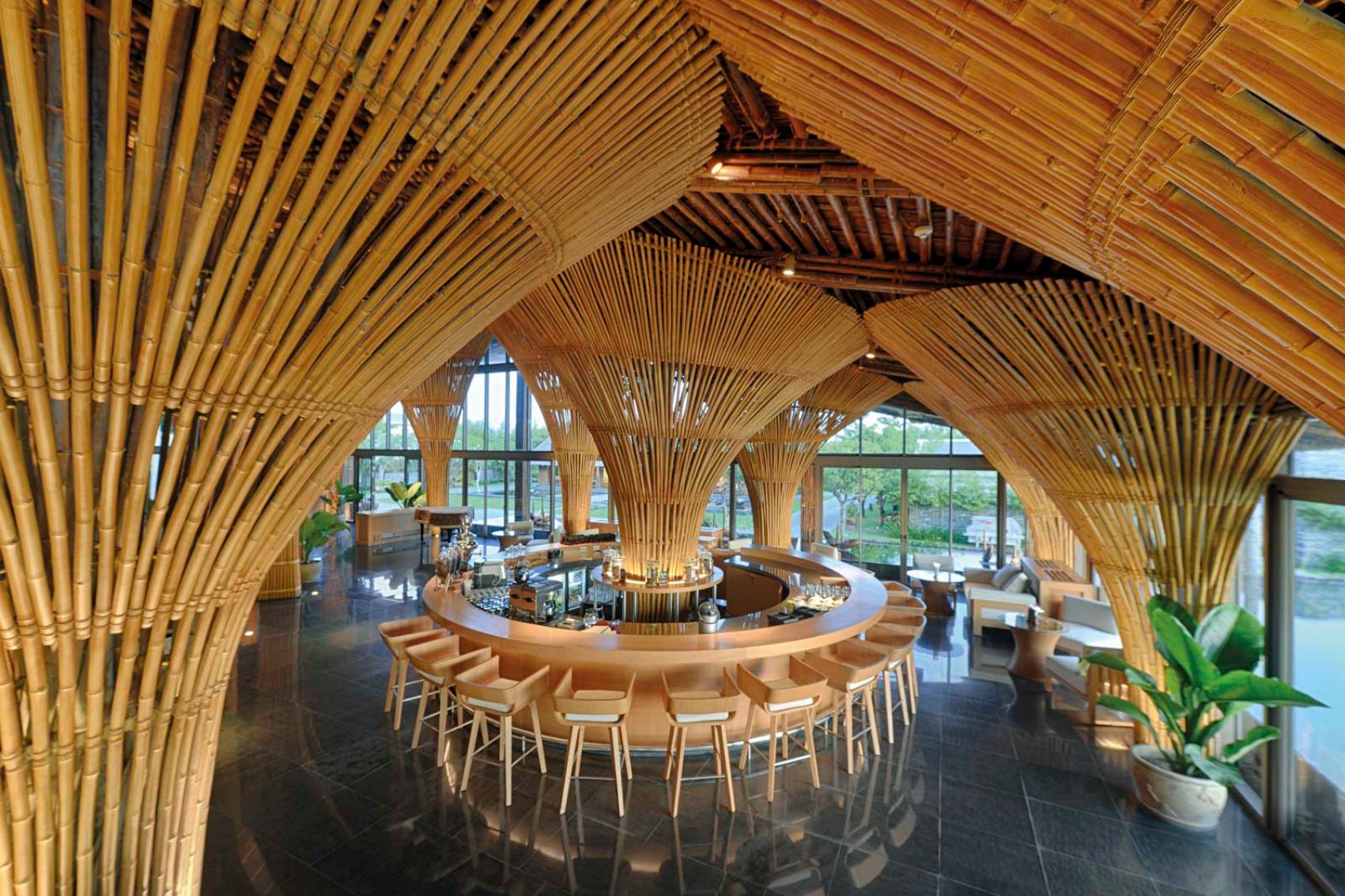
Vietnamese architect Vo Trong Nghia is one of the world’s leaders in the bamboo architecture movement. This resort, located between the beaches of Da Nang and the colonial charms of Hoi An, shows why. Using bamboo species from across Vietnam, Nghia’s creations marry traditional construction skills, contemporary aesthetics and modern methodologies. The result is utterly photogenic.
Bamboo takes centre stage at the welcome hall, beach bar and main restaurant, with dramatic curved columns, while bamboo-textured walls adorn the six VIP villas. And the nature-inspired design extends, most strikingly, to the living wall that soars across Babylon, the 32-room hotel structure that sits at the heart of the property. namanretreat.com
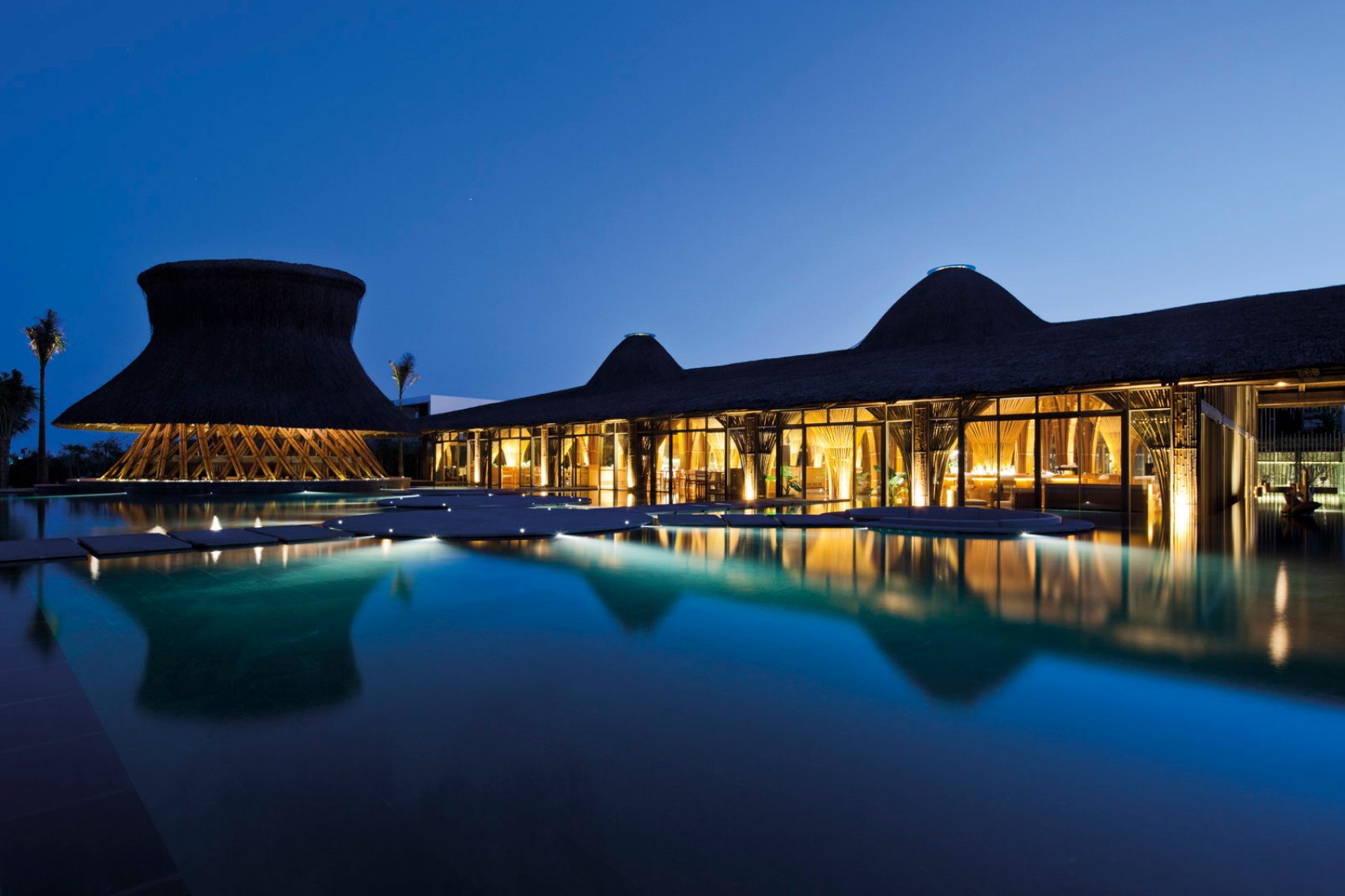
Qi Palawan, Palawan, Philippines
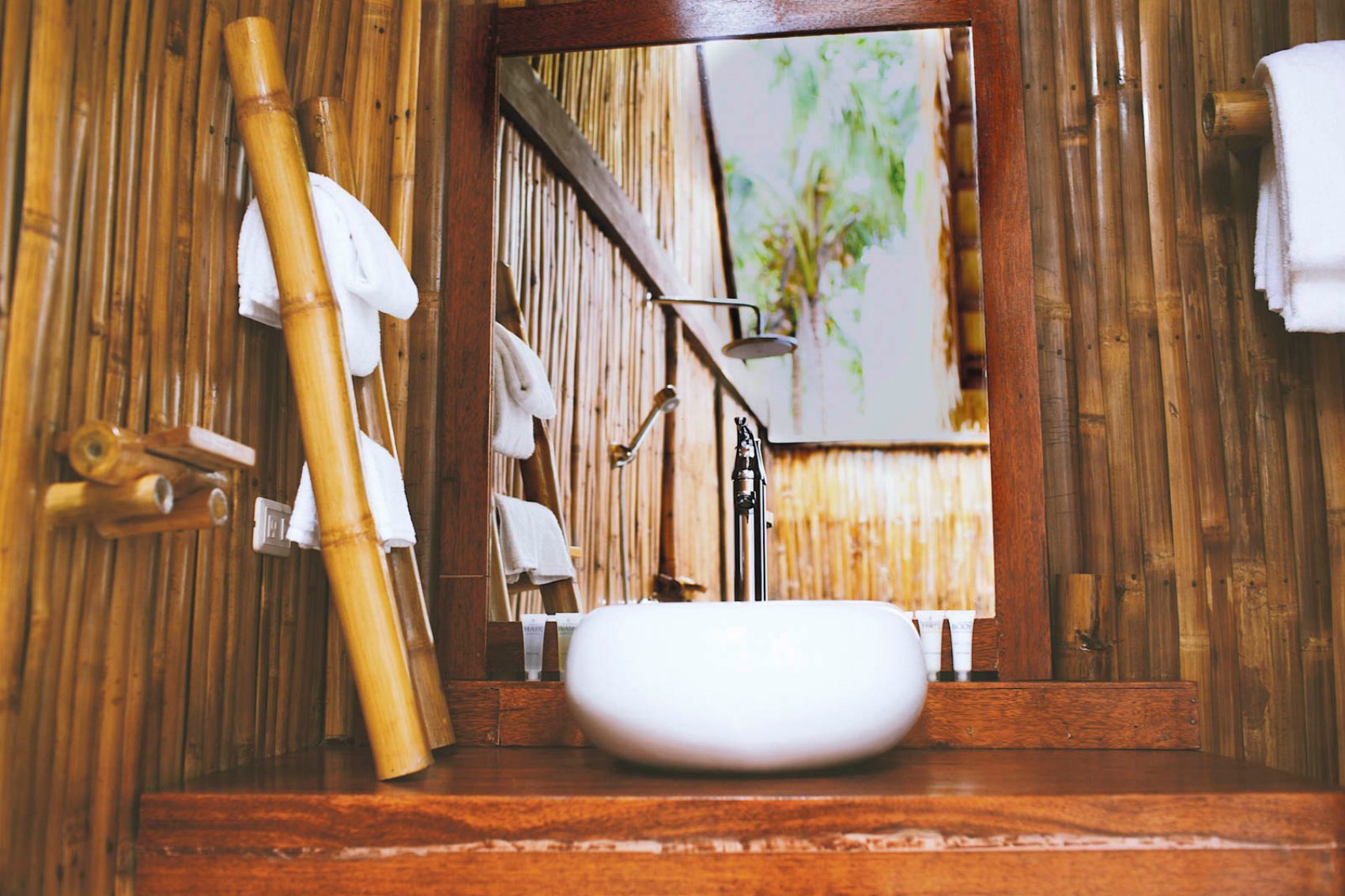
Credit: Guj Tungpalan
Along with being environmentally responsible, using bamboo as a building material also makes financial sense – making it a viable choice for Qi’s well-priced retreats. Here, on the northern tip of Palawan Island, eight solar-powered, bamboo-clad cottages sit on the beach, designed in a staggered arc to optimise views of the Sulu Sea. There are bamboo walls, which rise to high thatched roofs, reminiscent of traditional Filipino structures; the outdoor showers are lined in mature bamboo poles; and even the furniture gets made from bamboo, much of it by carpenters living in the adjacent village. Complimentary daily yoga classes in the bamboo-clad shala are popular with guests, as are mountain biking, kite-boarding, snorkelling and diving in the waters rich with marine life, and island hopping around nearby Bacuit Bay. qipalawan.com
- China – the Chinese Mainland, Hong Kong SAR, Macao SAR and Taiwan Region
- Hong Kong SAR - English
- Chinese Mainland (China) - English
- Taiwan China - English
- 香港特別行政區 - 繁體中文
- 中国內地 - 简体中文
- 中國台灣 - 繁體中文
- Africa
- South Africa - English
- Asia
- Bangladesh - English
- Korea - English
- Singapore - English
- Cambodia - English
- 한국 - 한국어
- Sri Lanka - English
- India - English
- Malaysia - English
- Thailand - English
- Indonesia - English
- Maldives - English
- ประเทศไทย - ภาษาไทย
- Indonesia - Bahasa Indonesia
- Myanmar - English
- Vietnam - English
- Japan - English
- Nepal - English
- Việt Nam - tiếng Việt
- 日本 - 日本語
- Philippines - English
- Australasia
- Australia - English
- New Zealand - English
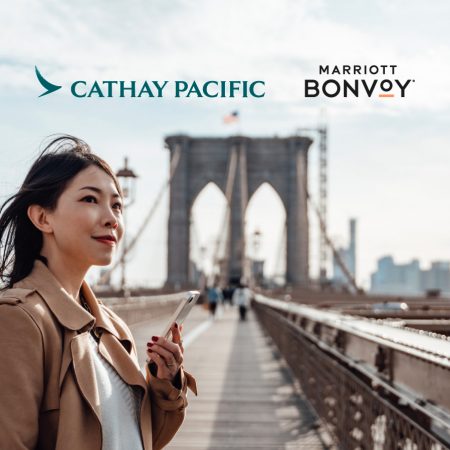
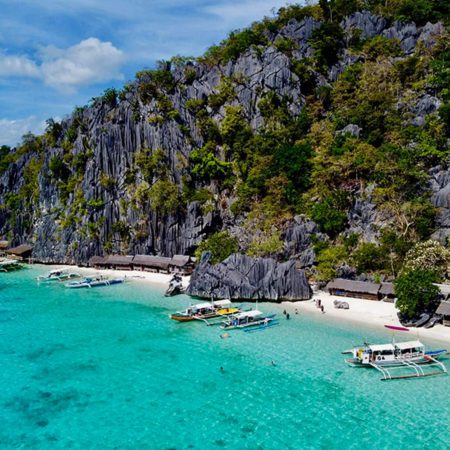


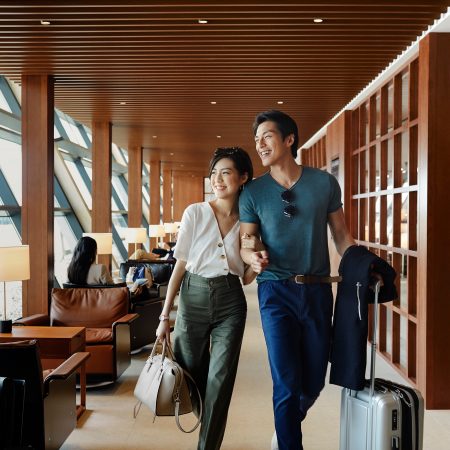
.renditionimage.450.450.jpg)

